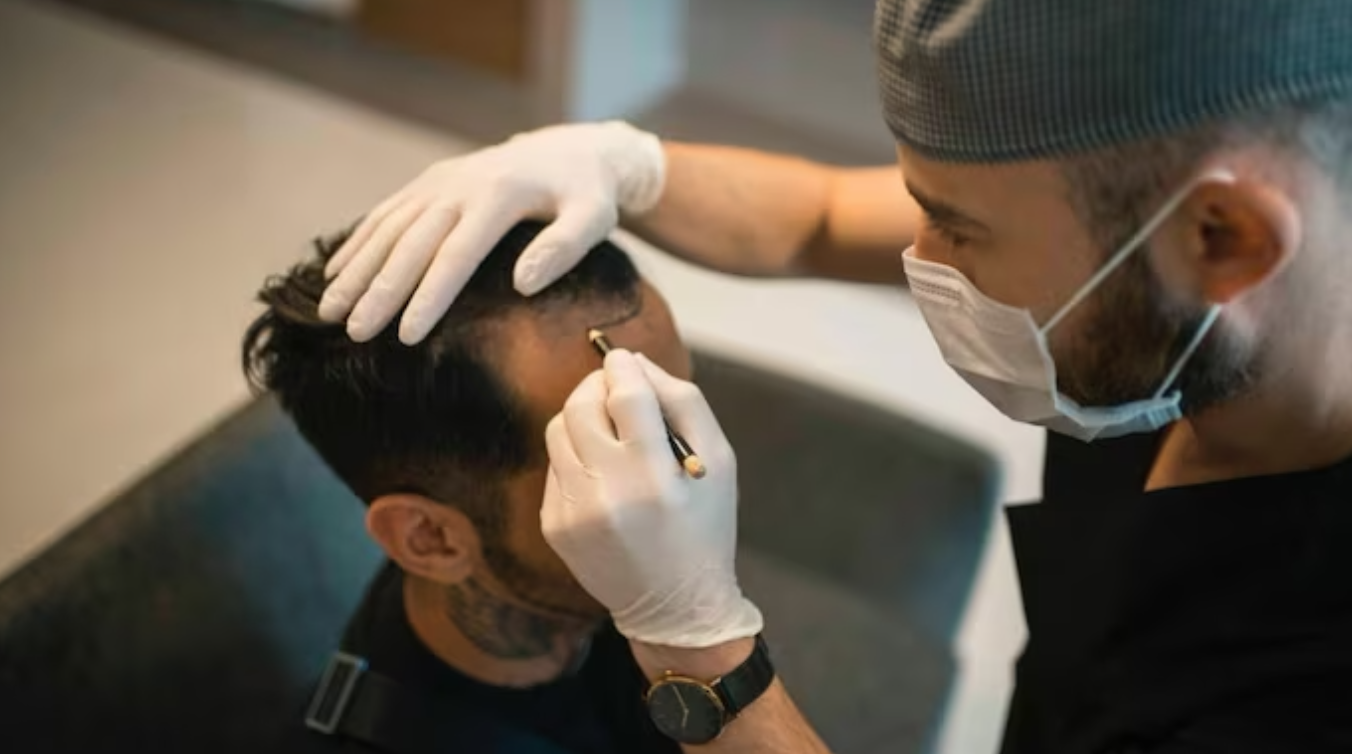Why Turkey has become the hair loss treatment capital of the world
Even though the cost of hair transplant procedures is very competitive in India, find out why Turkey has become the go-to destination for hair-loss treatments.
The global beauty industry has undergone a remarkable transformation over the past two decades. Every feature of your body can now be customised as per your liking, and it is even possible to look like a 20-something in your mid-40s.
Women are saying goodbye to wrinkles, and men experiencing baldness are embracing full, lush hair. However, these beauty enhancements often come at a steep price.
And, this is one of the reasons why Turkey has become the go-to destination for many men fighting hair loss.
Men seeking to restore their hairlines and cover bald spots are flocking to Turkey, solidifying its reputation as the hair transplant capital of the world.
The rising popularity
“Turkey has become a leading destination for hair transplants because of several factors; including highly skilled and experienced surgeons, advanced medical facilities, and significantly lower costs compared to Western countries,” says Dr Vipul Nanda, chief, cosmetic and plastic surgery, Artemis Hospital, Gurugram.
The doctor adds that the country also offers comprehensive medical tourism packages, including accommodation and transportation, and the clinics there use the latest technologies and techniques, ensuring high-quality results.
“The combination of affordability, expertise, and quality has positioned Turkey as a top choice for those seeking hair transplants,” he shares.
Adding to this, Dr Amrendra Kumar, MD, dermatology (AIIMS) and board-certified hair transplant surgeon, Global Hair Transplant Board (GHTB), states, “In Turkey, the government provides substantial backing for the hair transplant industry. There are government-recognised clinics for hair transplants, ensuring high standards and quality.”
“Additionally, the Turkish government offers financial support for each person who visits the country for treatment. This significant support along with the country’s geographic location, connecting it to different parts of the world, makes Turkey a more attractive destination for medical tourism in this field,” the doctor explains.
Dr Kumar also mentioned that the black market in Turkey regarding this procedure has also expanded, which is a cause of concern.
Let’s talk about the cost
The experts feel that the cost of a hair transplant varies, based on factors like the number of grafts needed, the clinic, and the surgeon’s expertise.
“In Turkey, the average cost ranges from $1,500 to $3,500 (Rs 1,24,000 to Rs 2,90,000 approx), significantly lower than in Western countries. In India, the cost is also competitive, ranging from $1,000 to $3,000 (Rs 83,000 to Rs 2,50,000 approx) depending on similar factors,” says Dr Nanda.
Both Turkey and India offer high-quality services at a fraction of the price available in the United States or Europe.
Why is Turkey winning?
Dr Amrendra Kumar shares that despite having skilled doctors and medical techniques being on par with those in Turkey, a key area where India falls short is government support.
“There are no equivalent financial incentives or government-approved clinics dedicated to hair transplants. This absence of support puts Indian clinics at a disadvantage in the global medical tourism market, despite the high skill level and expertise of Indian doctors,” he says.
The experts feel that hair transplant procedures have gained significant popularity in India due to increasing awareness and demand for aesthetic treatments among both men and women.
The rise of social media and greater societal acceptance of cosmetic procedures have also contributed to the growing popularity of hair transplants in India.
India Today tried connecting with several hair transplant clinics in Turkey, including Hermest Hair Transplant, HWT Clinic, Turkey Hair Transplant Center Official, and Smile Hair Clinic, but none of them were willing to comment on this.
What’s the procedure like?
In simple words, a hair transplant procedure involves moving hair follicles from a part of the body with dense hair, called the donor area, to a bald or thinning part, called the recipient area.
- There are two main methods of hair transplant: Follicular Unit Transplantation (FUT) and Follicular Unit Extraction (FUE).
- In FUT, a strip of scalp is removed from the donor area, and individual follicular units are dissected and implanted into the recipient area.
- In FUE, individual follicles are extracted directly from the donor area using a micro-punch and then transplanted.
- The procedure starts with local anaesthesia, followed by extraction, preparation of the recipient site, and implantation of the hair follicles.
- The transplanted hair typically falls out after a few weeks but starts regrowing within a few months, achieving full results in about a year.
Does it hurt?
The duration of the procedure depends on the person, but generally, it takes between 4 and 8 hours. Because the procedure is performed under local anesthesia, the patients do not feel pain during the surgery, though they might experience some discomfort.
Post-surgery, patients are likely to experience mild pain, swelling, and discomfort in the donor and recipient areas, which can be managed with prescribed pain medications and proper aftercare.
Aftercare
- Post-surgery care involves keeping the scalp clean, avoiding direct sunlight, and avoiding strenuous activities for a few weeks.
- It is important to follow the surgeon’s instructions on washing the hair and taking prescribed medication to prevent infection and reduce swelling.
While hair transplants are generally safe and require no downtime, risks include infection, scarring, unnatural-looking hair growth, and folliculitis.
The alternatives
- If not hair transplant, you can opt for non-surgical options like medication (finasteride and minoxidil) to slow hair loss and stimulate hair growth.
- Low-level laser therapy (LLLT) is another option that uses light to promote hair growth.
- Scalp micro-pigmentation involves tattooing tiny dots on the scalp to create the illusion of fuller hair.
- Furthermore, wigs, hairpieces, and hair extensions can provide temporary solutions.
- Platelet-rich plasma (PRP) therapy, where a person’s own blood is used to promote hair growth, is another effective treatment.
Each alternative has its own benefits and limitations, and its effectiveness varies from person to person.








